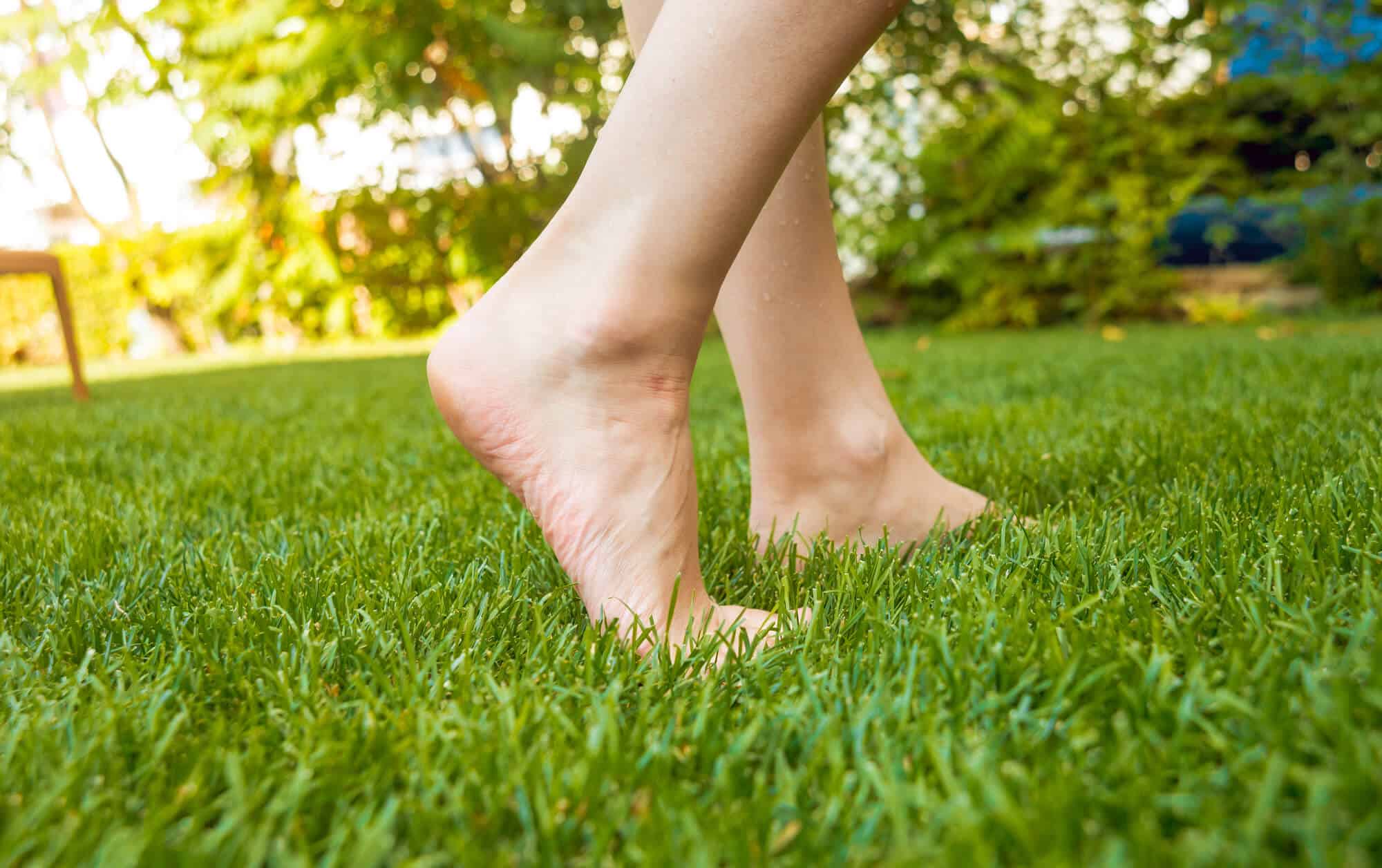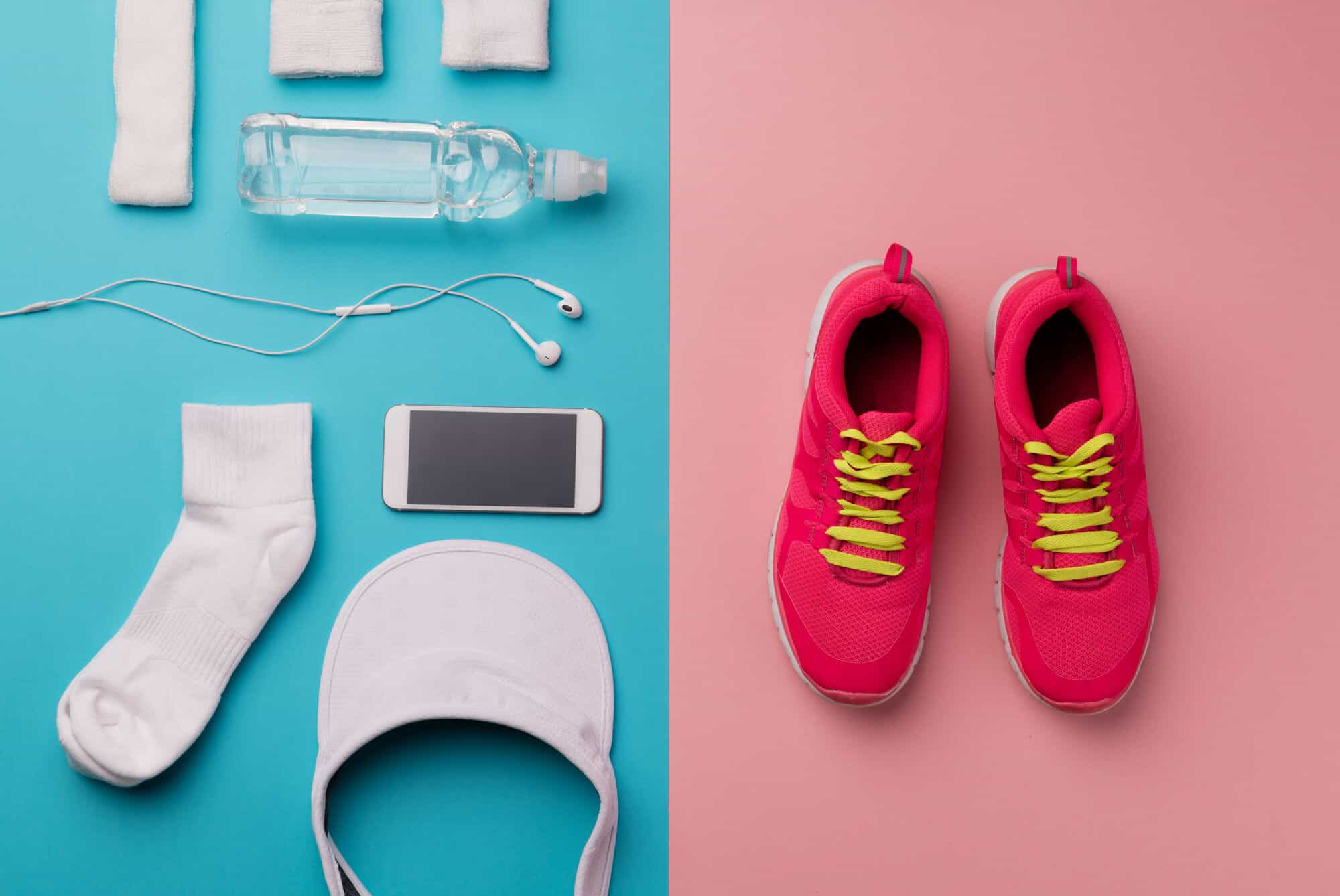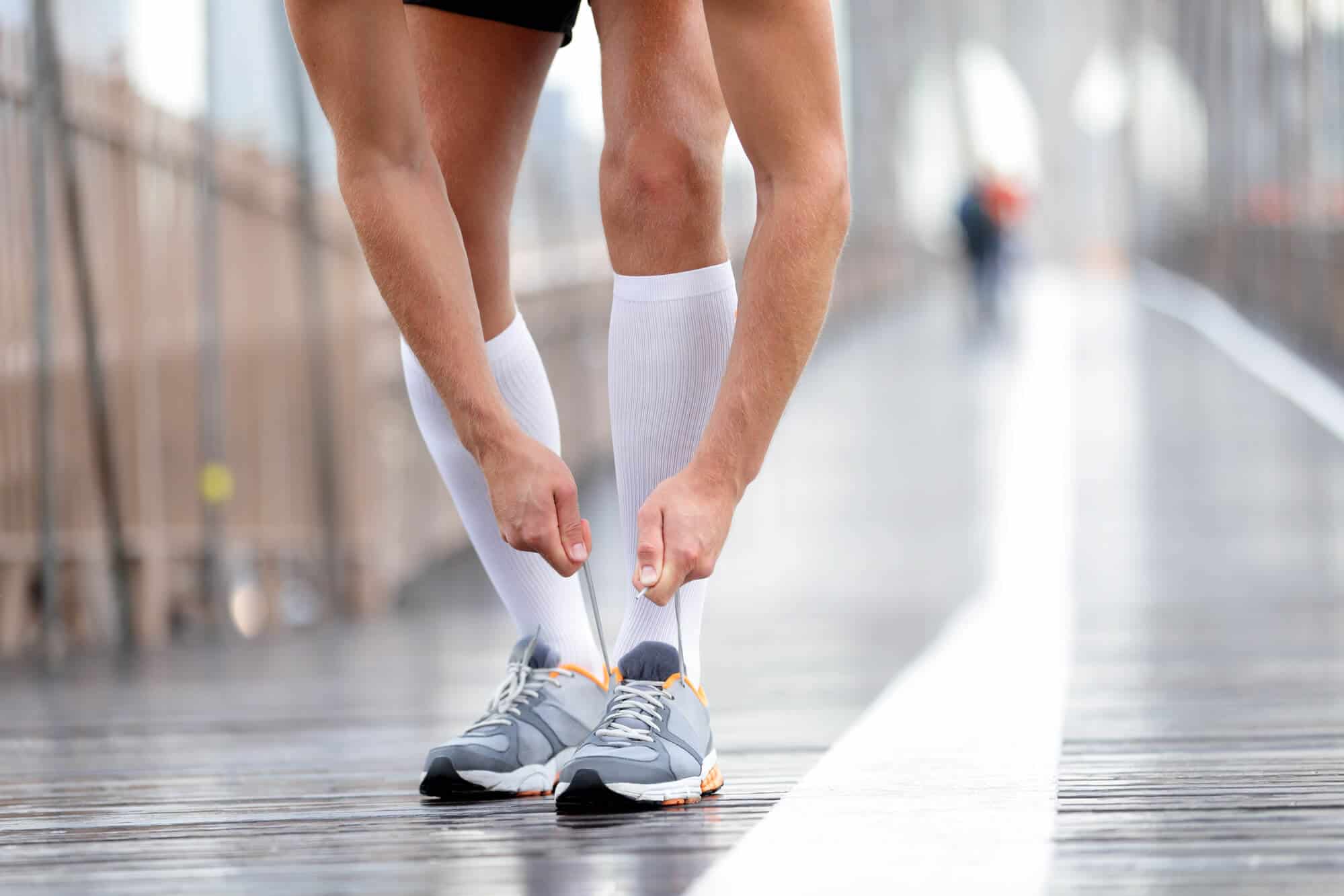Do Running Socks Make a Difference?
A running shoe is an essential part of any runner’s gear. That much we know, and we’re more than willing to put in the time (and money) to get a decent pair.
It’s when it comes to socks that things get a bit blurry. I mean, do running socks make a difference? Is a specialized sock worth splurging on?
In this post, we dig deep and analyze the features of running socks in order to answer the question, Do Running Socks Make a Difference?. So, hang tight!
Do You Really Need Running Socks And Do Running Socks Make a Difference?
Some people might prefer running sock-free, and they even manage to get a full marathon done.
In fact, Bikila, a professional runner, did an Olympic run barefoot that one time! So, it’s not that hard to imagine ditching the socks along with the shoe.

However, it doesn’t work out for most runners. After all, a quality sock can help you with blistering, odor, padding, and temperature regulation.
If you’re struggling with any of these issues during your runs, it might be time to reevaluate your choices and invest in better socks.
What’s So Unique About Running Socks?
With so many athletic products popping on the market, it’s getting hard to tell a gimmick from a genuinely useful tool.
Yet, a good pair of socks can tackle all the problems that your running shoe couldn’t. The question here is: how are they actually different than regular cotton socks?
Well, a few features set them apart, from the material to the extra support.
Let’s look objectively at the top features that you might like about runner’s socks:
Moisture-Wicking
Nothing is as annoying as running with a damp sock. It smells, makes the friction worse, and puts you at risk of developing a foot fungus.
The thing with running socks is that they’re usually moisture-wicking. This means that they’ll keep you comfortable while reducing the risk of infections.
Plus, dry feet are less likely to get nasty blisters.
It’s an all-around win if you think about it!
You might be under the impression that 100% cotton is the way to go here. After all, summer cotton shirts are the bees’ knees.
However, synthetic fabric is a lot better when it comes to keeping your feet dry.
For instance, the top moisture-wicking textiles are made of polyester, acrylic, spandex, or nylon. Any other hydrophobic material will get the job done.
To a smaller extent, merino wool can wick the sweat away. It also happens to be more sustainable.
Blister Protection
The blister protection you get from running socks can be attributed to a range of reasons. For one, it reduces the dampness and heat.
Most importantly, it acts as a buffer layer to reduce the friction intensity between the shoe lining and your feet, especially on the prominent spots like the heel.
Meanwhile, a runner who’s prone to chafing between the toes could resort to a toe sock. These are exactly what they sound like, with separate toe pockets to reduce skin-to-skin friction.
By the same principle, some brands manufacture double-layered socks. This way, the friction is limited to the two layers, leaving your skin as protected as possible.
It takes some time to get used to the feeling, though.
If you use blistering tape or moleskin pads, the sock can also keep them firmly stuck in place. Otherwise, they might come off while running.
Just make sure that you get stockings without little to no inner seams. Those pesky finishing stitches are the main culprits behind foot blistering.
Padding
Cushioning is yet another reason to love running socks. Not only does it feel like you’re walking on clouds, but it also can reduce pain during long workout sessions.
Most padded socks made for runners won’t be thick all over. Instead, they have targeted cushioning in all the right spots. That’s typically under the heel tab and around the toe box.
Alternatively, you can get one with extra arch support if that’s what you’re looking for. Those are particularly good for relieving pain from plantar fasciitis!
The padding isn’t only on the underfoot, either. You can get a sock that rides a little high up to protect your skin from chafing against the shoe’s tongue.
Keep in mind that you might need to get a different shoe fit if you switch to extremely bulky socks.
On the other hand, if thicker socks don’t agree with you at all, you might be interested in trying out a thin compression pair.
Compression
There are different levels of compression socks. Some of them can help with minor pain while improving circulation by pushing the blood flow upwards.
Meanwhile, others can be used for recovery.
While they won’t be as efficient as a medical-grade compression sleeve, they can help reduce foot swelling.
If you don’t want the snug feel all over your feet, you can look for one with compression bands only to give you localized effects.
However, most compression socks tend to be around knee length. This extra height is there to help with the circulation boost.
This might not be ideal if you prefer invisible or low-riding options.
Temperature Regulation
Instead of doubling on socks to stay warm or ditching them altogether for the summer, try out temperature regulating fabric.
Some types are specific for a certain season. For instance, you can get an insulating pair to heat up your feet for those cold morning runs.
You might even be interested in getting something lined with fleece to keep your feet warm..
On the other end, you can get materials that work for both winter and summer runs. Merino wool is an excellent option to consider.
It’s an exemplary natural temperature-regulating fabric!
This way, you make the most out of the same pair throughout the year.
Alternatively, you could find stockings with ventilation zones interesting. Not only would the extra breathability help with the heat, but it can also reduce skin irritation.
Ankle Grip
Yet another thing to look forward to with running socks is their grip. They’re usually made of snug elastic fabric to maintain a stronghold over your feet.
To boost this effect, some brands manufacture their socks with an ankle grip. The little textured zones or studs can reduce slippage drastically, letting you focus on your stride and pace.
After all, no one really enjoys having their foot slip in and out of their shoe during a serious run!
Are Running Socks Unisex?
The main difference between women’s and men’s socks is the size range. Men’s options usually range from a US 3.5-12, while women get 5-14.
However, you might also find other subtle differences in the design, fit, and fabric cut itself. For one, the end compartment in toe socks can be a little bigger in men’s socks.
Yet, there’s nothing wrong in finding a sock marketed to the opposite gender more fitting. It happens more often than you think!
Ideally, you’ll want to try various styles, thicknesses, and materials before you settle on your go-to pair.
Is Wearing a Thin Running Sock Better?
While thin socks are way more common, it’s hard to say that they’re better for everyone. It all depends on how much cushioning, support, and heat insulation you need.
Thicker socks might take a while before you get used to them, but they can give you more features and specialized care.
On the other end, compression fabrics tend to be on the thinner side, and they can fit easily in your current shoe size.
For thicker pairs, you might have to go half a size up in your footwear to accommodate the increase in bulk.
How Many Running Socks Does a Runner Need?
So, now that you know how much of a difference a decent sock can make in your workout sessions, you might be wondering how many pairs you actually need to buy.
There’s no hard and fast rule to deciding how many pairs are appropriate.
With that said, you might want to start with 3-5.
After a while, you’re probably going to find certain styles and fabrics better than the others, and you’ll be able to grow your collection further.

For now, just focus on getting the right size in a few different options with varying features to mix and match.
You might want to get one with a low-cut for the days when you don’t want your socks to show. Then get one with extra cushioning for extra arch support.
However, it might be a good idea to limit all your options to moisture-wicking fabric, especially if you tend to go for long-distance runs. If you can get seamless socks, all the better!
The Takeaway
So, do running socks make a difference?
Yes, running socks aren’t a gimmick at all. They can provide an excellent boost for a runner by keeping their feet dry and blister-free.
Plus, you can always find a specialized pair to suit your needs, from compression to thermal insulation.
However, there’s only so much that a sock can do if you don’t have the right running shoe and correct posture!




